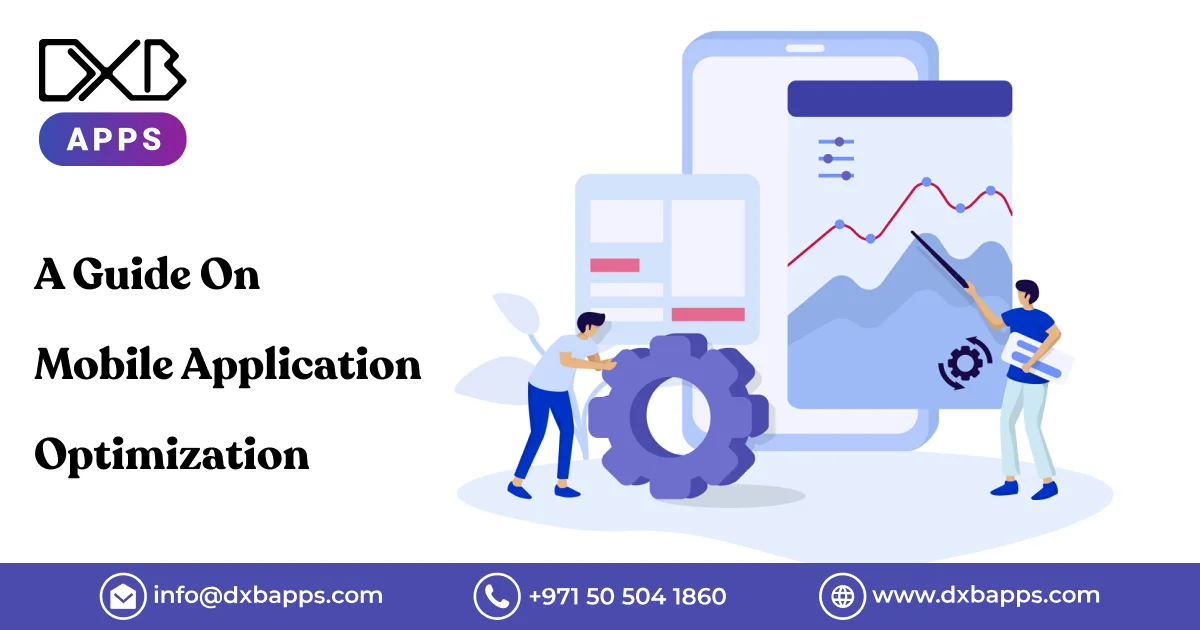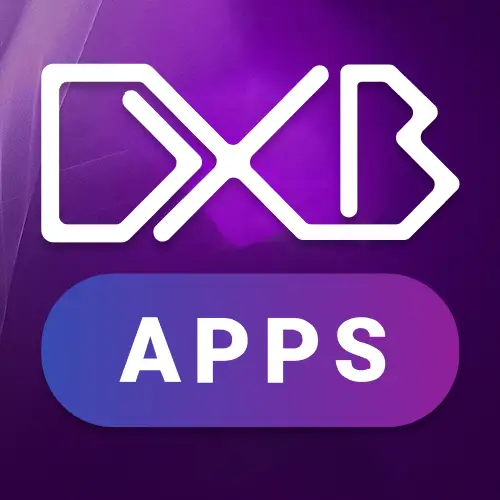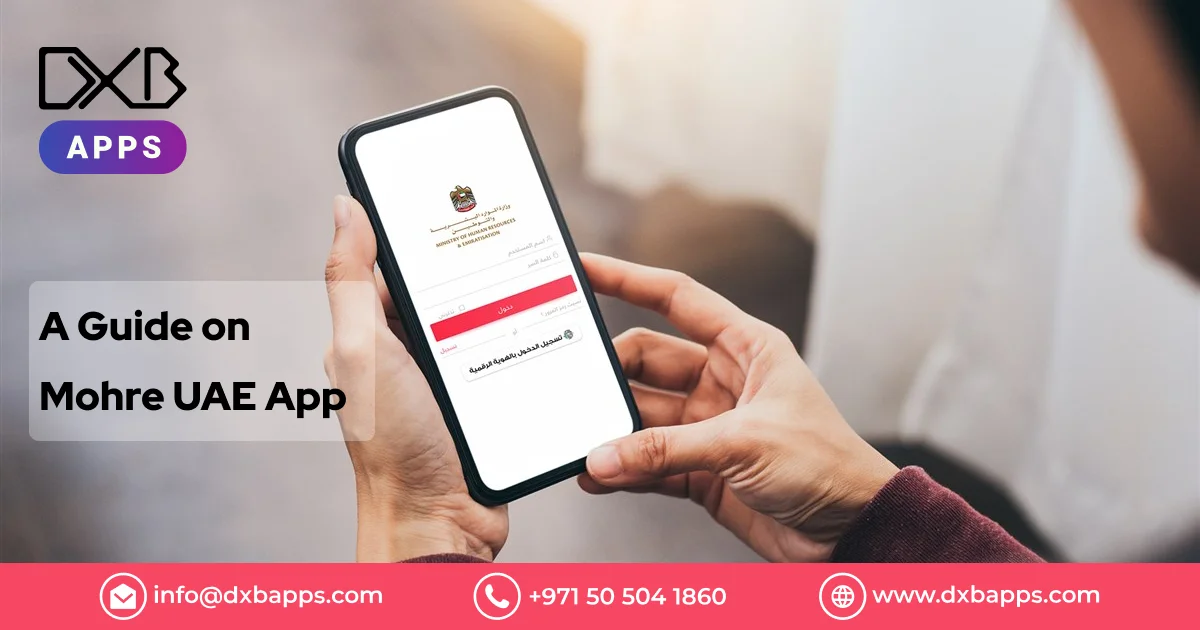Mobile application optimization is very critical in the current digital era since it helps offer the best experience to users and ensures that the developed applications are competitive on the dictates of the contemporary dynamic market. This guide explores the key mobile app optimization techniques and strategies essential in the optimization of your mobile app.
Why Mobile Application Optimization is Important?
Mobile application optimization is in place for more excellent performance, great user experience, and high download rates. Downloads from mobile apps are probably going to hit 258 billion downloads in 2024; hence, the need to have your apps optimization has never been more urgent. By doing this effectively, your app will be a user's key tool and not just one of the many tools in their millions that exist.
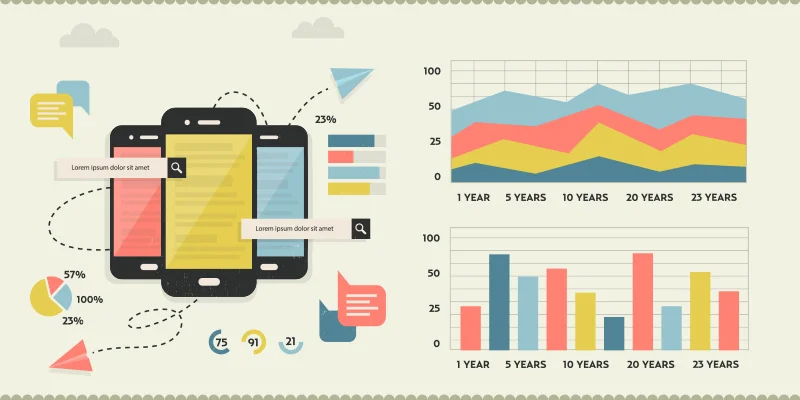
Key Techniques in Optimizing Mobile Applications
1. Performance Optimization of Your App
Optimizing your app's performance will keep it running smoothly and increase the level of user satisfaction. Here are in-depth strategies:
Reduce the size of your App:
Bring down the size by efficient compression techniques on images and media files. It will reduce download time and save device storage by deleting unwanted resources and libraries which unnecessarily inflate the dimensions of the app package.
Design efficient coding practices.
This should include modular programming with appropriate data structures and optimized algorithms. Any place where it is necessary, use asynchronous processing to avoid UI freezing and exploit all device resources.
Apply analytical instruments
Apply analytical instruments such as Firebase Analytics or Google Analytics to realize user behavior, trends in application use, and crucial functions. Analyze these data to know the areas in which an app may be running with slowdowns or crashes. Hence, use this information to prioritize improvements to optimize phone app performance.
2. Enhance User Experience:
The secret sauce behind keeping users and encouraging high levels of engagement with your mobile app lies in providing a good user experience. The following have to be focused on for this purpose:
Intuitive UI:
Design user-friendly UI that is easy to navigate. Clear and uniform navigation patterns, instinctive icons, and minimalist design—these are some of the elements one can adopt to enhance user experience. Always hold usability testing sessions in order to have feedback and bring improvement to the UI design based on the preference of users.
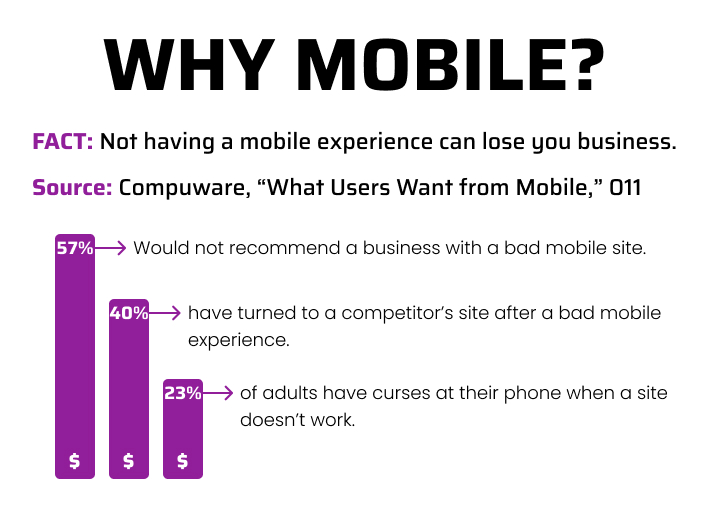
Responsive Design:
Make certain that your application can work well across the range of devices, display sizes, and orientations. Implementation of the responsive design, which will allow changing the layout and its content depending on the size and resolution of the display. This will continue the user experience throughout all smartphones, tablets, and any other form of a mobile device.
Continuous Improvement:
Allow users to send in-app feedback, reviews, and user testing sessions at a regular frequency. Attentively listen to suggestions and pains of the users in order to prioritize features and bug fixes. Incorporate agile development practices in iterating on releases that actively include user feedback in the direct improvement of app performance and usability.
3. App Store Optimization (ASO)
Another giant factor in ASO is to ensure that your application is easily found which in turns pulls in natural download. The next ASO strategies focus on:
Relevant Keywords:
Understand and find high-impact keywords by deep keyword research that best describe your target audience; naturally, include them in the title, description, and metadata of your app. Optimize for long-tail and variations of popular search queries related to your app features and functionalities.
Positive Reviews and Ratings:
Encourage your satisfied users to rate and review their experience positively on relevant app stores. Engage in all user feedback and resolve issues through meaningful responses to adverse reviews.
Regular Updates:
Continue updating your app to add new features, squash bugs, and provide improvements in overall performance. On a regular basis, updates will help to let both the user and app store algorithms know that your app is alive and has been supported. Improved release notes will showcase improvements and encourage users to update for the best app experience.
According to Google research, 53% of mobile users are abandoning sites that take longer than 3 seconds Loading time.
Mobile App Optimization Techniques
1. Minimize App Size
A smaller app size brings about improved performance, increasing download and installation speeds. Compress files and remove code pieces that are needless for the normal runoff operations of the application.
2. Improve Loading Speed
The critical factors that create the decision of a user to drop a certain application are influenced by the application's load time. Ensure that your application is loaded fast by following efficient coding practices and through asset mobile application optimization . Fast and responsive loading will ensure positive user experiences, hence cutting down the abandonment rates.
3. Use Analytics
Analytics tools do a lot in terms of providing valuable insights into the behavior of users and apps. Avail yourself of the opportunity to spot problems and places where improvements may be done. This tracking of your app, therefore, helps in making data-driven decisions that better the performance of your app.
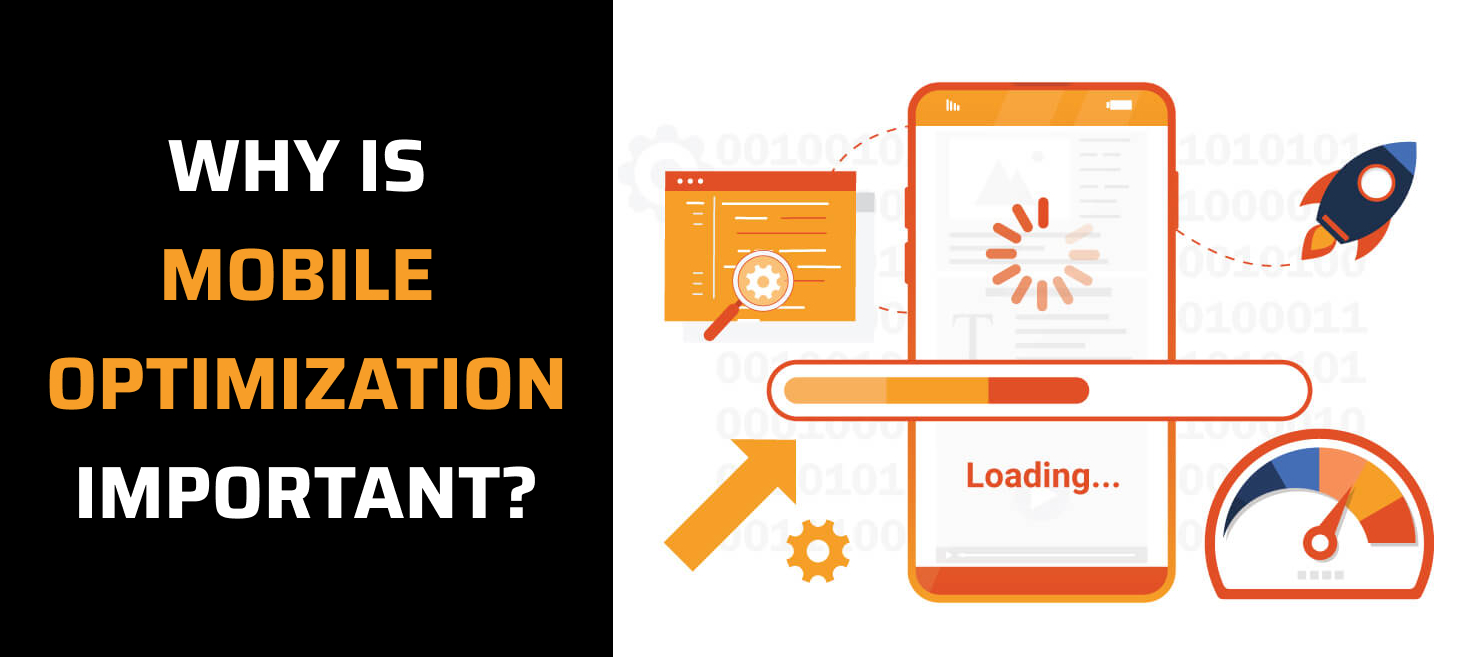
4. Cache Mechanism Implementation
Integrate caching mechanisms that would, on local users' devices, store frequently accessed details in order to prevent much fetching from a server. This enhances the responsiveness of an app and reduces data usage.
5. Image and Multimedia Optimizations
Compress images and any other media without actually degrading the quality of the images. It keeps updating to the latest formats for images, such as WebP if supported, with lazy loading, which ensures that images download only when it comes into the view of the user.
6. Battery Lens
Minimize battery usage using the following factors: Ensure minimal background-running processes, limiting network requests and preventing over-consuming CPU resources. Include a feature similar to Android's Doze mode and iOS Low Power Mode for saving battery life.
7. Implementation of App Threading and Asynchronous Tasks
Use threading and asynchronous programming to run potentially time-consuming operations in the background. This will help keep the app responsive by not freezing the UI, thereby improving the overall user experience.
8. Network Calls Optimization
The resolving time for network calls can be improved by optimizing API requests through batch processing, prefetching data, reducing payload sizes, etc. This would ensure responsiveness in low-network conditions.
9. Inter-Device Compatibility
Test your app on various devices, different screen sizes, and OS variations for uniform user experience in performance to help saturate more users of relatively equal category.
DXB APPS – Your Leading App Development Company in Dubai
Launched as one of the most prominent mobile app development Dubai companies, DXB APPS, relishes in its ability to provide the best of app development services. So whenever you are in need of professional app developers who are focused on delivering functional and secure mobile applications for your business, you may reach out to the expert app developers at DXB APPS, a leading app development company Dubai.
Conclusion
The optimized mobile application is a must for delivering a better user experience and succeeding in the competitive app market. Enroll in this course, and with the techniques and strategies taught, you will be in a position to optimize the performance and visibility of your app tremendously. Let DXB Apps, Dubai's premier mobile app development dubai company, be your partner in developing optimized, high-performance applications driving your business forward. Contact us today to Get Started!
FAQs
1. What is app optimization?
Mobile application optimization will enhance many aspects of an app, including its performance and user experience, supercharging the overall effectiveness and success. It basically allows the app to run seamlessly and fast, which provides an excellent user experience, thus retaining and satisfying users.
2. How Do I Optimize My Phone App?
The most important things in phone app optimization are the reduction in the size of the application, the increase in loading speed, UI/UX design, and fixing issues identified through analytics. A smaller app size makes it easy to download and install an app; increasing its loading speed will help in retaining users.
3. Why Mobile App optimization?
Mobile app optimization helps in boosting performance, enhancing user satisfaction, increasing downloads, and thriving in the competitive market. Optimized apps not only attract new users but engage existing ones by promising them a seamless and joyful experience, hence encouraging higher engagements that later result in awesome app store reviews and more success in the app market.
4. What are general issues in mobile app optimization?
Common challenges to mobile app optimization are the control of the size of an app, compatibility with different types of devices, high performance across various networks, and a continuous process to satiate user expectations and feedback. Developers need to strike a balance between including new features and keeping the app light and fast.

